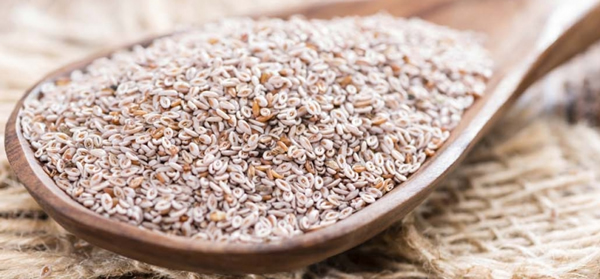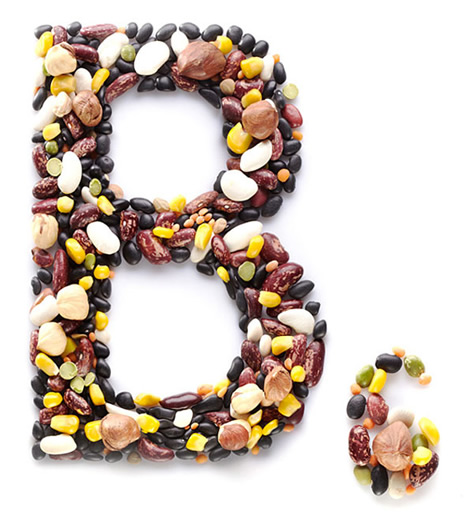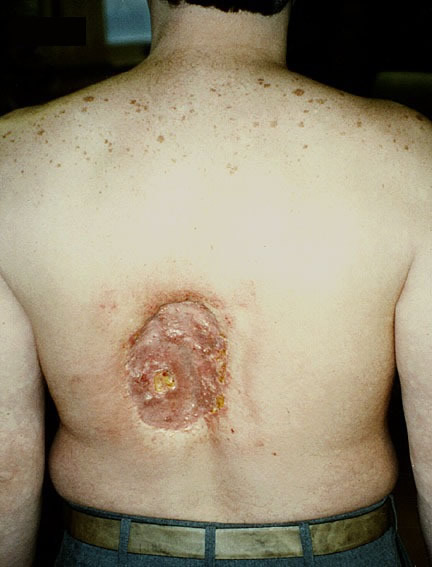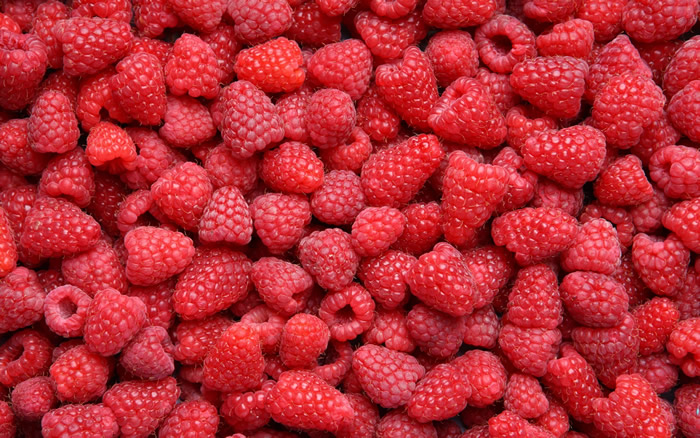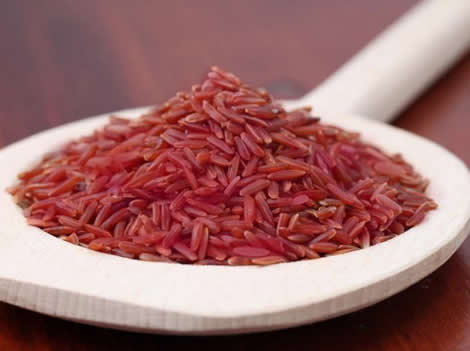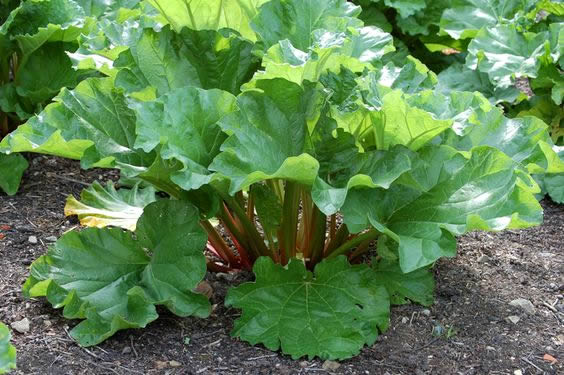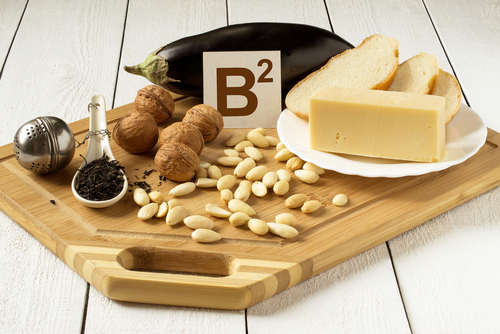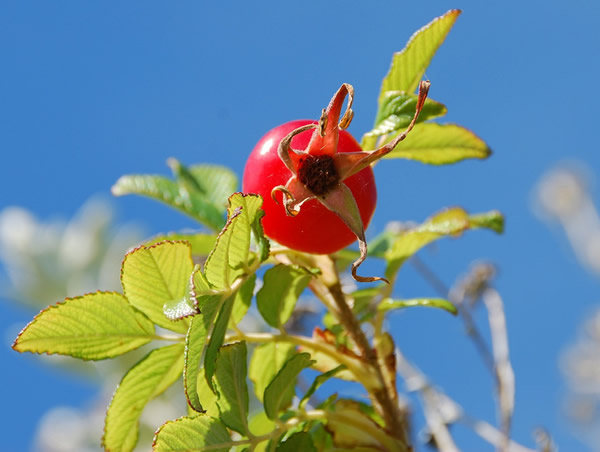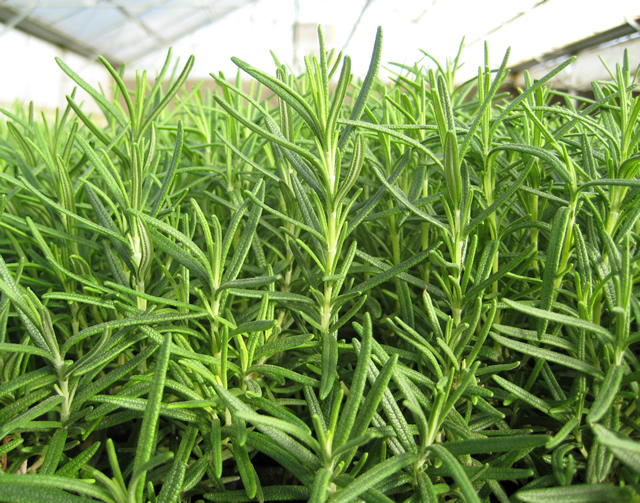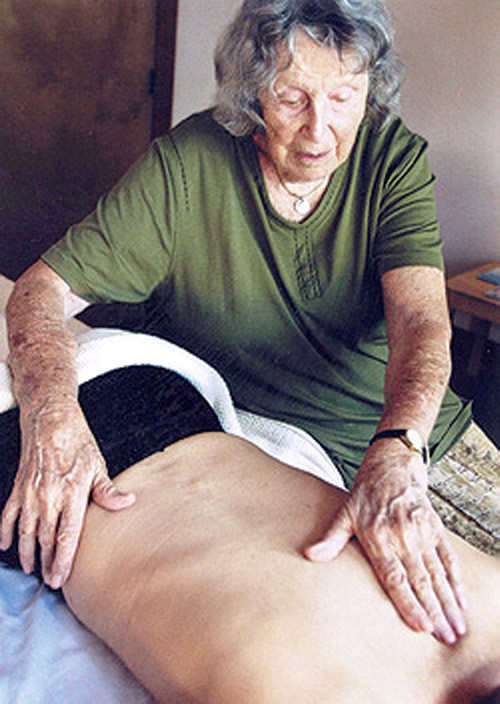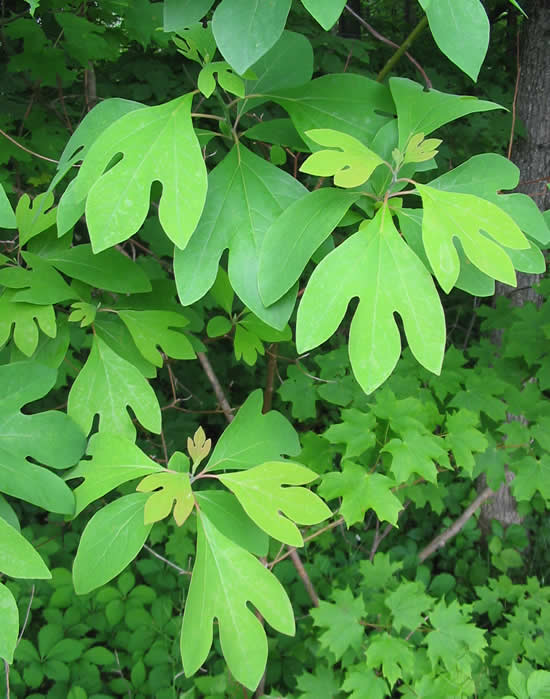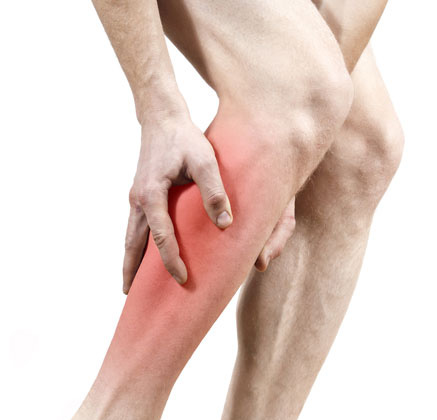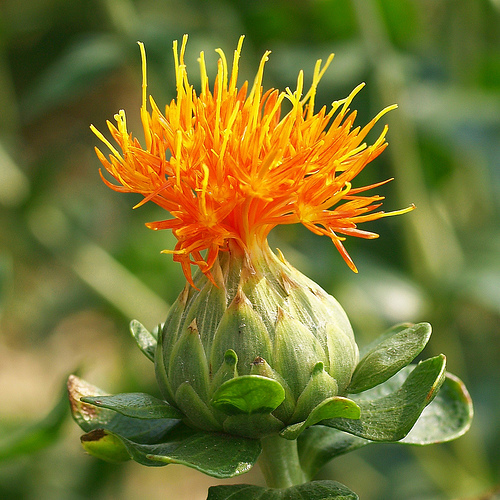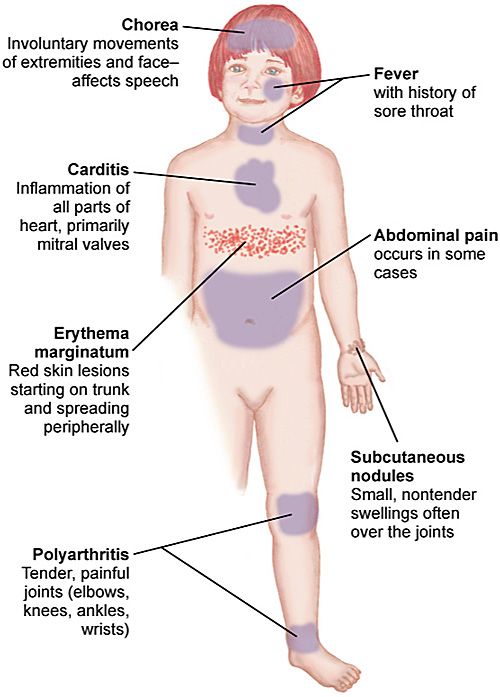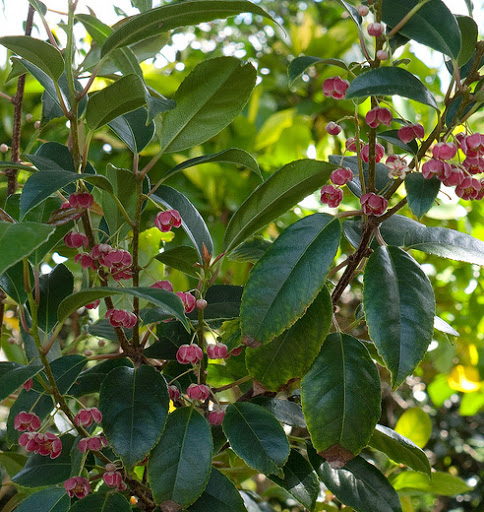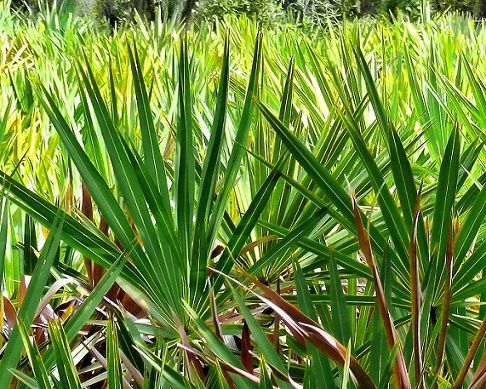 |
| Prostate cancer |
Prostate cancer is a disease in which the cells of the prostate become abnormal and start to grow uncontrollably, forming tumors. Tumors that can spread to other parts of the body are called malignant tumors or cancers. Tumors incapable of spreading are said to be benign.
Description
Prostate cancer is the most common cancer among men in the United States, and is the second leading cause of cancer deaths. The American Cancer Society (ACS) estimates that in 1998, at least 185,000 new cases of prostate cancer will be diagnosed, and it will be the cause of at least 40,000 deaths.
Although prostate cancer may be very slow-growing, it is a heterogeneous disease and can be quite aggressive, especially in younger men.




